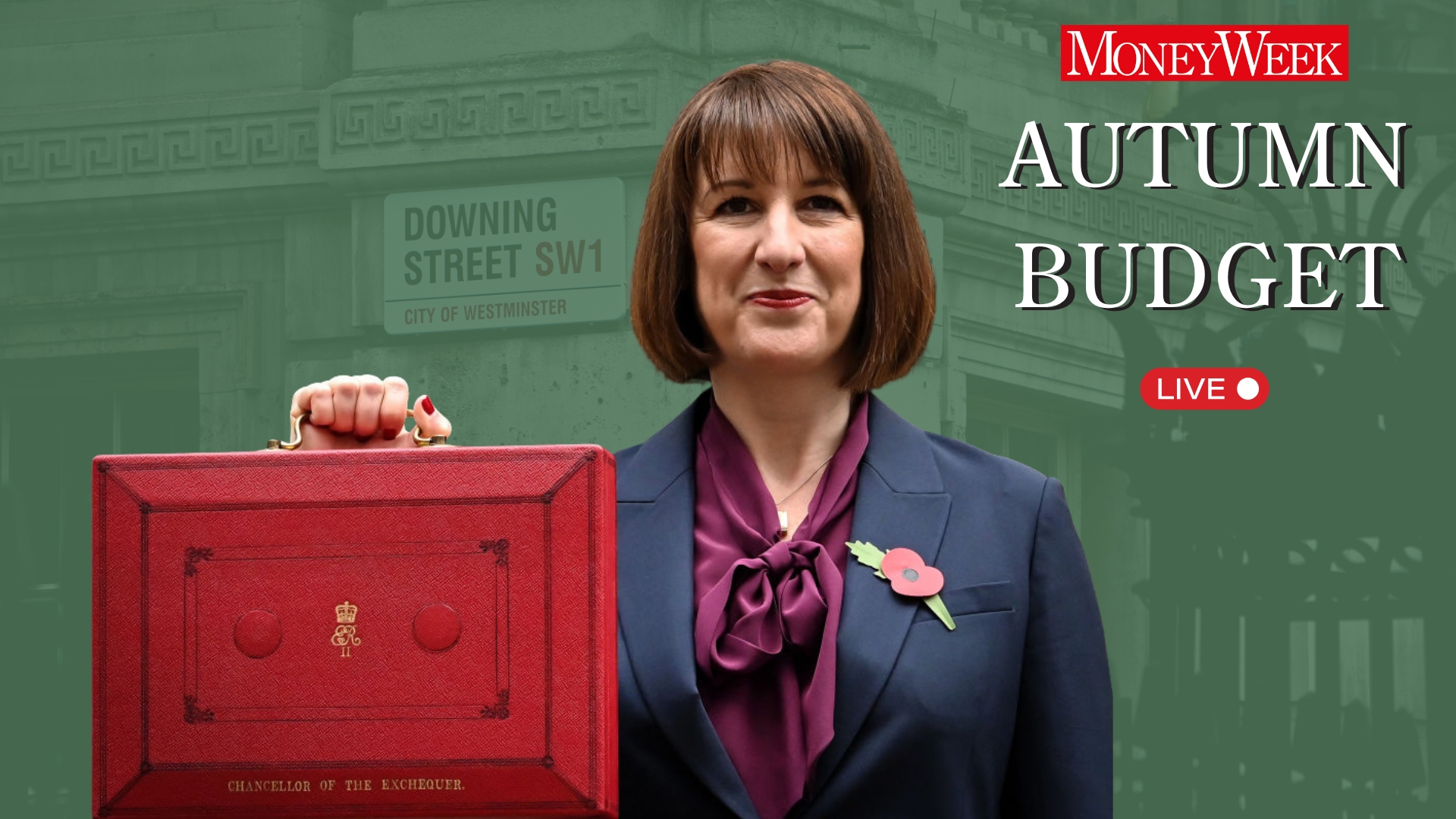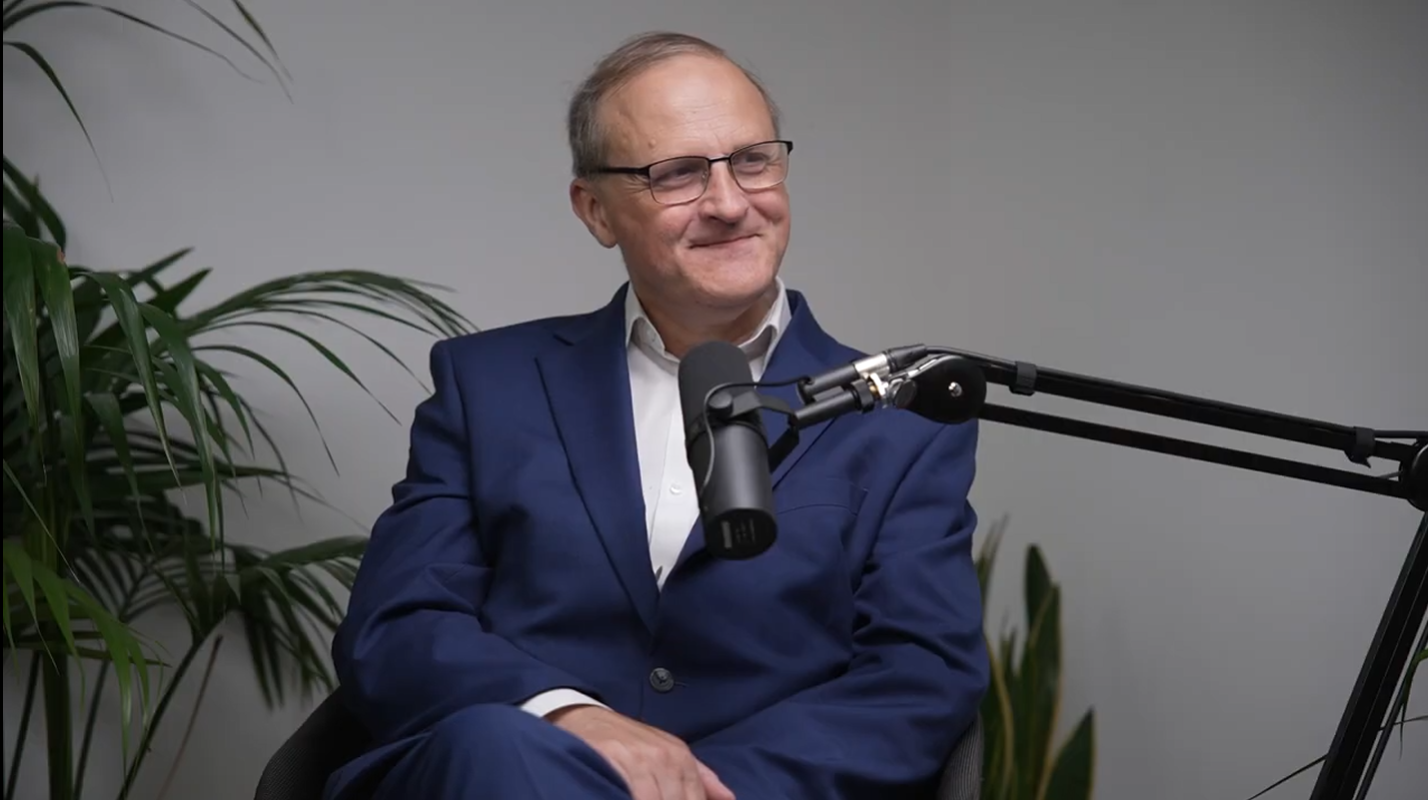8 March 1817: the New York Stock Exchange is formed
On this day in 1817, a group of brokers moved out of a New York coffee house to form what would become the biggest stock exchange in the world.


The New York Stock Exchange is huge. In fact, at over $28 trillion, it's the biggest stock exchange in the world by market capitalisation. But its beginnings are a far more humble affair. And it all started under a Buttonwood tree outside 68 Wall Street in May 1792.
That spring day, 24 New York City brokers met to agree on a new system to buy and sell securities, such as bonds and shares. Until then, trading meant going down to the auction, particularly when it came to soft commodities such as wheat and tobacco.
But the Buttonwood Agreement changed all that. Of course, in these early days, investing was fairly straightforward. Just five securities, mostly bonds, were listed from the headquarters at the Tontine Coffee House.
MoneyWeek
Subscribe to MoneyWeek today and get your first six magazine issues absolutely FREE

Sign up to Money Morning
Don't miss the latest investment and personal finances news, market analysis, plus money-saving tips with our free twice-daily newsletter
Don't miss the latest investment and personal finances news, market analysis, plus money-saving tips with our free twice-daily newsletter
Over the next quarter of a century, American trade grew, and New York overtook Philadelphia as the financial centre of the United States. Twice a day, the president of the exchange would read out a list of securities, at which point the brokers would buy and sell. It was all a far cry from today's world of computer-driven high-frequency trading.
As the number of securities increased, it was time to move out of the coffee shop. On 8 March 1817, the Buttonwood Agreement formally became the New York Stock & Exchange Board, with rented rooms at 40 Wall Street, a new set of rules and a constitution.
The opening of the Erie Canal and the arrival of the railways in America from the 1830s onwards brought a surge in business to the exchange.
By 1835, an average of 8,500 shares were being traded daily, a 50-fold increase in the space of just seven years.
Since then, the New York Stock Exchange has moved home several times, and witnessed numerous boom-and-bust cycles all on its way to becoming the world's biggest and, arguably, most important stock exchange.
Get the latest financial news, insights and expert analysis from our award-winning MoneyWeek team, to help you understand what really matters when it comes to your finances.

-
 Will Rachel Reeves hike taxes in Autumn Budget?
Will Rachel Reeves hike taxes in Autumn Budget?Chancellor Rachel Reeves is set to unveil her second Autumn Budget on Wednesday, 26 November. Follow live updates and analysis ahead of the fiscal event
-
 Steve Webb: The triple lock is there to do a job. I’m not embarrassed or ashamed of it
Steve Webb: The triple lock is there to do a job. I’m not embarrassed or ashamed of itThe triple lock means 13 million pensioners will now get an above-inflation state pension boost in April. While the rising cost of the policy has stirred controversy, Steve Webb, who served as pensions minister when it was introduced, argues the triple lock is vital and should stay. Webb speaks to Kalpana Fitzpatrick on the new episode of MoneyWeek Talks – out now.
-
 31 August 1957: the Federation of Malaya declares independence from the UK
31 August 1957: the Federation of Malaya declares independence from the UKFeatures On this day in 1957, after ten years of preparation, the Federation of Malaya became an independent nation.
-
 13 April 1960: the first satellite navigation system is launched
13 April 1960: the first satellite navigation system is launchedFeatures On this day in 1960, Nasa sent the Transit 1B satellite into orbit to provide positioning for the US Navy’s fleet of Polaris ballistic missile submarines.
-
 9 April 1838: National Gallery opens in Trafalgar Square
9 April 1838: National Gallery opens in Trafalgar SquareFeatures On this day in 1838, William Wilkins’ new National Gallery building in Trafalgar Square opened to the public.
-
3 March 1962: British Antarctic Territory is created
Features On this day in 1962, Britain formed the British Antarctic Territory administered from the Falkland Islands.
-
10 March 2000: the dotcom bubble peaks
Features Tech mania fanned by the dawning of the internet age inflated the dotcom bubble to maximum extent, on this day in 2000.
-
9 March 1776: Adam Smith publishes 'The Wealth of Nations'
Features On this day in 1776, Adam Smith, the “father of modern economics”, published his hugely influential book The Wealth of Nations.
-
7 March 1969: Queen Elizabeth II officially opens the Victoria Line
Features On this day in 1969, Queen Elizabeth II took only her second trip on the tube to officially open the underground’s newest line – the Victoria Line.
-
4 March 1519: Hernan Cortes arrives in Mexico
Features On this day in 1519, Hernan Cortes landed in Mexico before marching on the Aztec capital, Tenochtitlan.